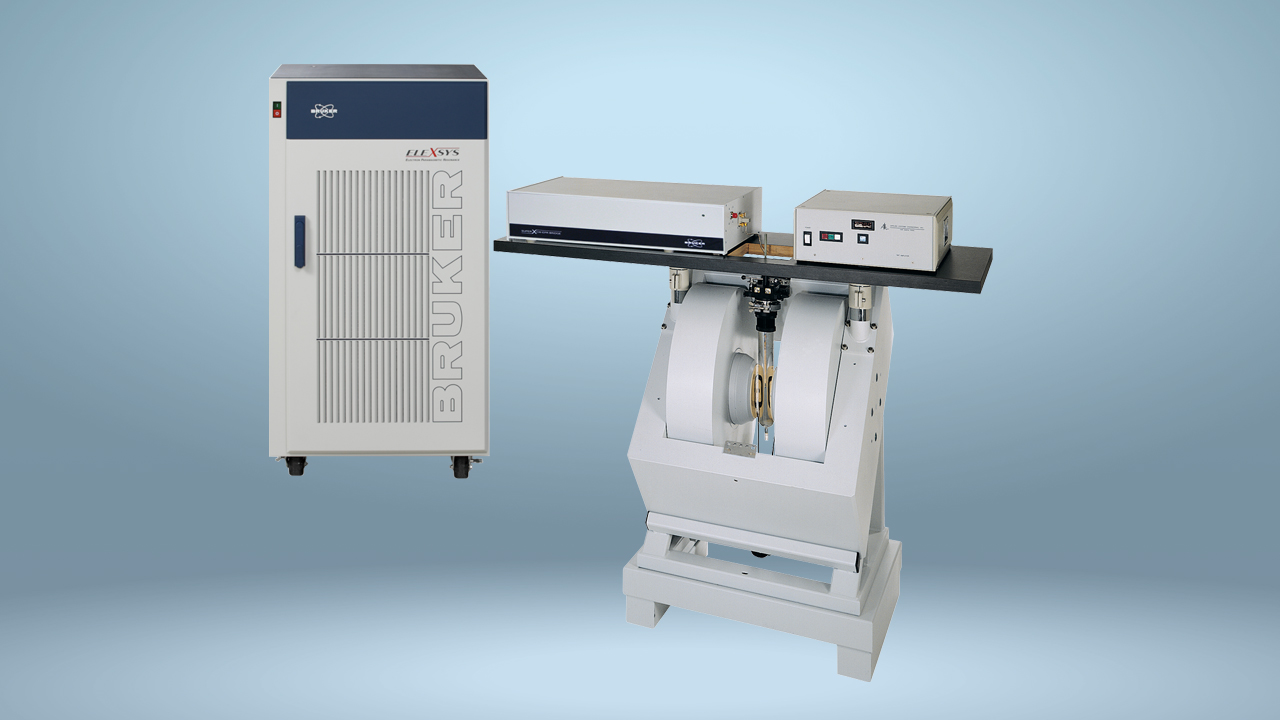

Learning with the microESR: Giving Students Hands-on Experience
Electron paramagnetic resonance (EPR) spectroscopy is a powerful imaging technique (with a sensitivity up to 1000 times greater than NMR) that detects atoms and molecules containing unpaired electrons (i.e. they are paramagnetic). Although these species can be visualised with other spectroscopic techniques, EPR distinguishes itself by providing high specificity that enables unambiguous quantification of unpaired electrons. Furthermore, its fast resolution allows even very short-lived species to be monitored.
The technique is analogous to nuclear magnetic resonance (NMR) spectroscopy but measures the magnetic properties of unpaired electrons, rather than atomic nuclei, identifying molecular regions containing unpaired electrons. Consequently, EPR offers insights into otherwise invisible phenomena and is very well coupled and complimentary to NMR. EPR has a wide range of important applications, including identification of free radicals, analysis of redox processes and reaction kinetics and observation of labelled species in situ in biological systems.
Development of the micro EPR spectrometer has facilitated the accessibility of this highly specialised technique to undergraduate students. Its small size means it possible to incorporate the micro EPR spectrometer in available laboratory space and readily move it from one location to another. The instrument is also easy to use, requiring no special set up and having a straightforward operation that can be explained to students in a few minutes. Furthermore, the software makes it simple to process the data acquired. Finally, it is very easy to maintain since there is no liquid cryogen fill associated with the instrument. However, despite being suited to teaching, the impressive capabilities of the compact micro EPR spectrometer mean it can also be used for research purposes.
In a recent interview, Judy MacInnis, a senior chemistry laboratory instructor at Cape Breton University, highlighted the importance of students having the opportunity to use more advanced analytical instrumentation. “Hands on experience with instrumentation is very valuable to our undergraduate students at Cape Breton University. It allows them to not only collect and interpret data on their samples, but it gives them experience in setting up and using the instrumentation to carry out their analysis…this is invaluable to them as they go on in their chemistry careers”.
The wide variety of instrumentation available to undergraduate students at Cape Breton University includes the Bruker 400 megahertz NMR spectrometer and Bruker’s microESR spectrometer. “We are very fortunate to have access to the microESR through the Verschuren Centre and the research group of Dr Xu Zhang, Research Chair in Applied Nanotechnology at CBU.”
The two instruments complement each other enabling students to determine the structures of compounds that they synthesize in the laboratory in two distinctly different ways.
The instrumentation was chosen from Bruker over other suppliers due to the support and training they provide, which ensures that users understand all the functions that are possible with the systems purchased. MacInnis added, “Bruker also has an excellent service support system. If we have any issues with our instrumentation, we simply have to pick up the phone, call the service number, and we are provided the help that we need fairly quickly. This is one of the features that make Bruker an instrument of choice”.

